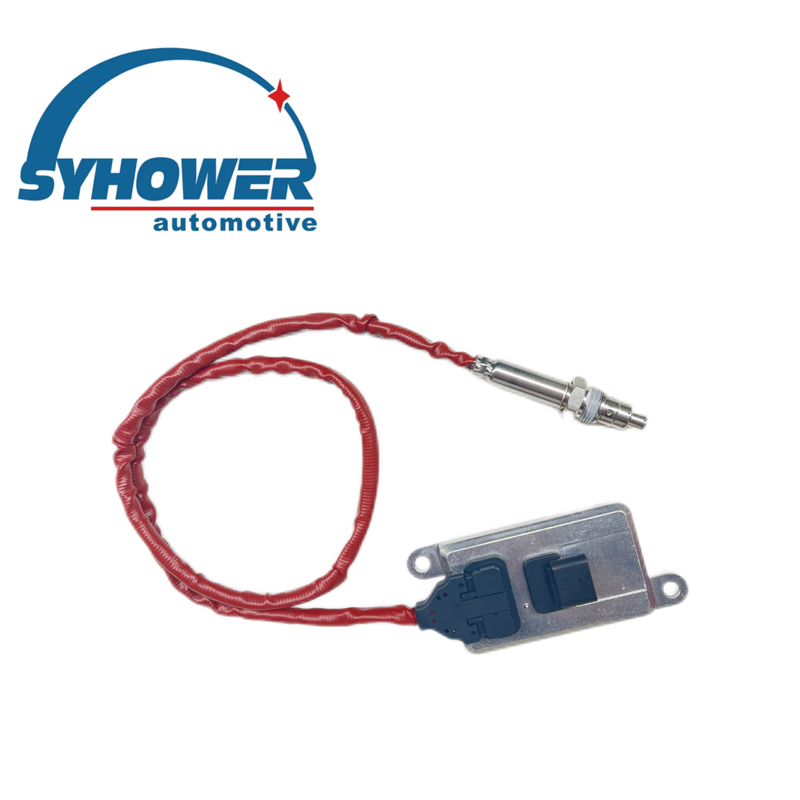What Is a Nitrogen Oxygen Sensor and Why Is It Important?
2025-06-26
In various industrial, environmental, and medical applications, accurately monitoring gas concentrations is essential for safety, efficiency, and compliance. A Nitrogen Oxygen Sensor is a specialized device designed to measure the levels of nitrogen and oxygen gases in a mixture, providing critical data for process control and environmental monitoring.

What Is a Nitrogen Oxygen Sensor?
A nitrogen oxygen sensor is an instrument that detects and quantifies the concentration of nitrogen and oxygen gases in a given environment. These sensors often utilize electrochemical, paramagnetic, or zirconia-based technologies to measure gas concentrations with high precision and reliability.
How Does It Work?
Different technologies are used depending on the sensor design:
Electrochemical sensors generate a current proportional to the concentration of oxygen.
Paramagnetic sensors exploit oxygen’s magnetic properties to measure its concentration.
Zirconia sensors use a ceramic cell that conducts oxygen ions at high temperatures, allowing precise oxygen measurement.
Some advanced sensors integrate multiple sensing elements to simultaneously monitor nitrogen and oxygen levels, often by calculating nitrogen concentration indirectly since air is primarily nitrogen and oxygen.
What Are the Key Benefits?
Using nitrogen oxygen sensors offers numerous advantages:
Accurate gas monitoring: Enables precise control of gas mixtures in industrial processes.
Safety: Detects oxygen depletion or enrichment, preventing hazardous conditions.
Process optimization: Helps maintain ideal gas ratios in combustion, packaging, or chemical manufacturing.
Environmental compliance: Monitors emissions and air quality.
Medical applications: Ensures correct oxygen delivery in respiratory therapies.
Where Are Nitrogen Oxygen Sensors Used?
These sensors are employed in a wide range of sectors:
Industrial gas production and monitoring
Combustion control in boilers and furnaces
Food packaging and preservation
Environmental monitoring stations
Medical devices and respiratory equipment
Aerospace and automotive industries
What Should You Consider When Choosing One?
Key factors to consider include:
Measurement range and accuracy
Response time
Operating environment and temperature range
Sensor lifespan and maintenance needs
Compatibility with monitoring systems
Calibration requirements
Final Thoughts
Nitrogen oxygen sensors play a crucial role in ensuring safety, quality, and efficiency in many fields. By providing reliable data on gas concentrations, they enable smarter decision-making, better process control, and enhanced environmental protection. Choosing the right sensor technology tailored to your application ensures optimal performance and peace of mind.


